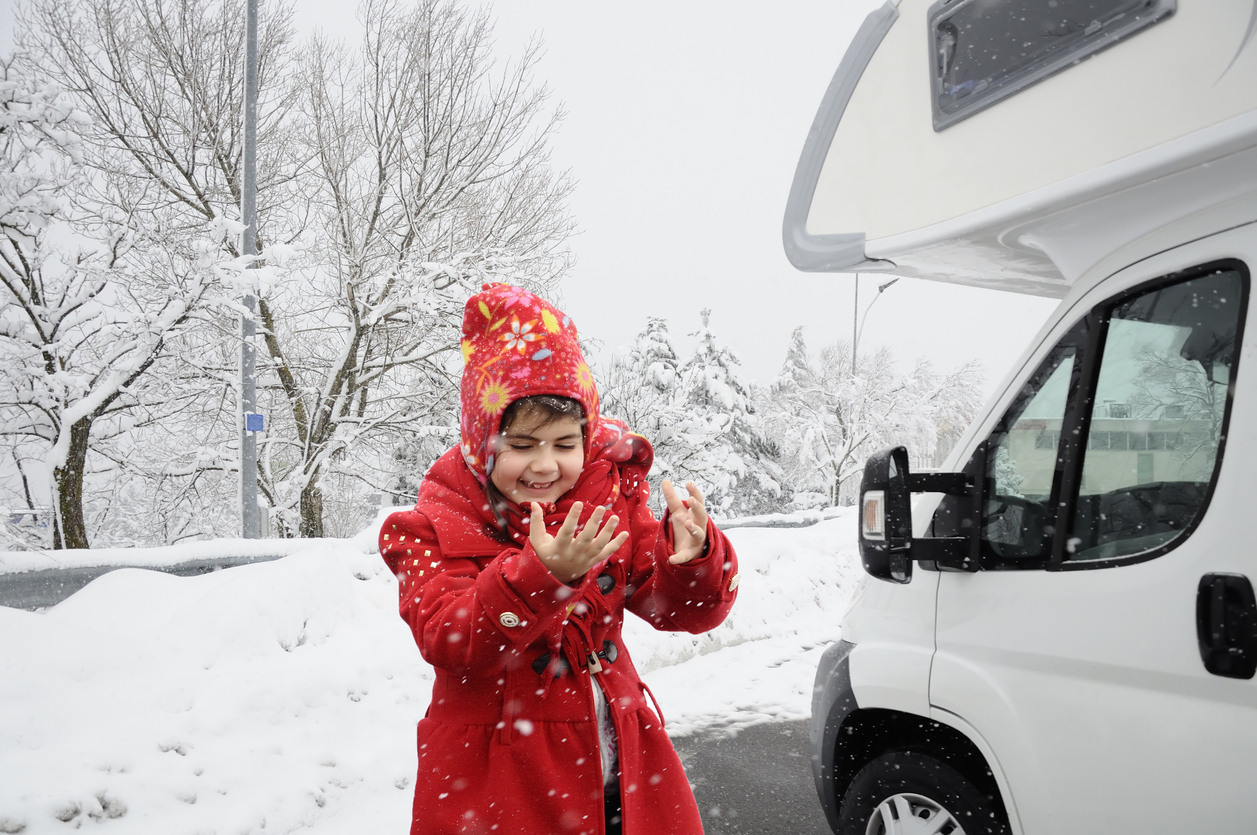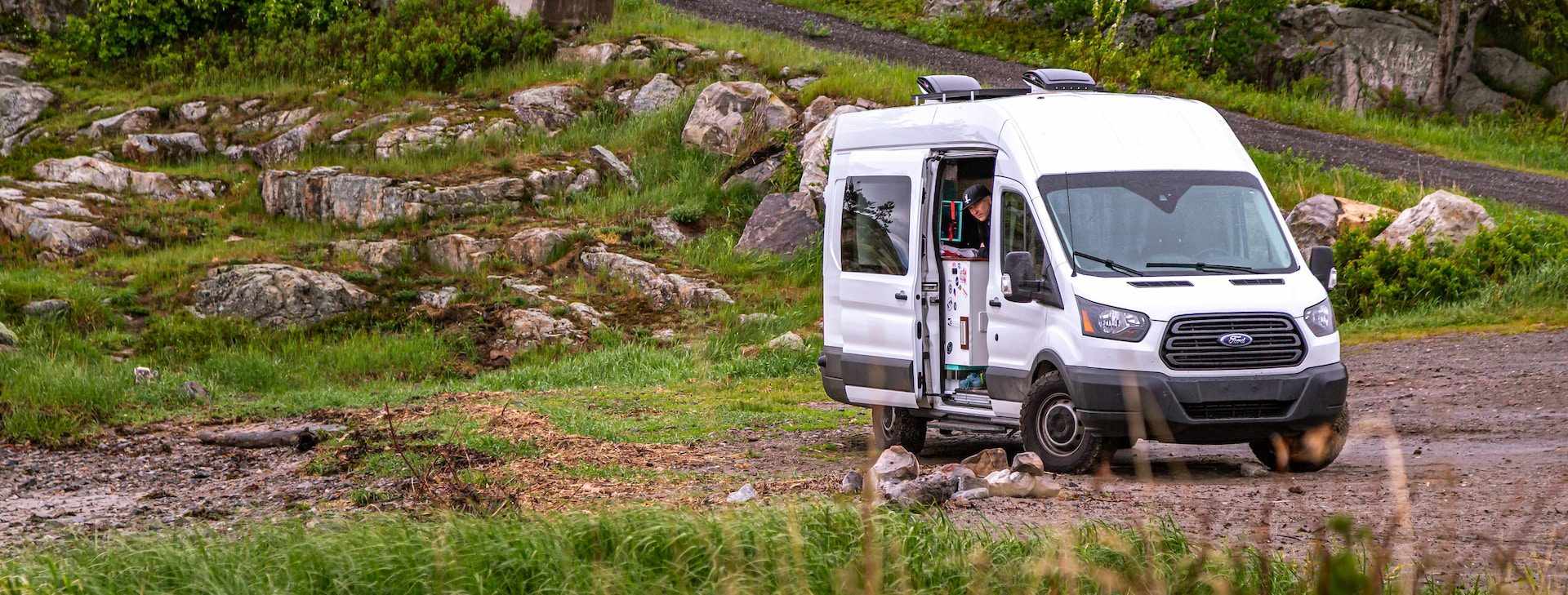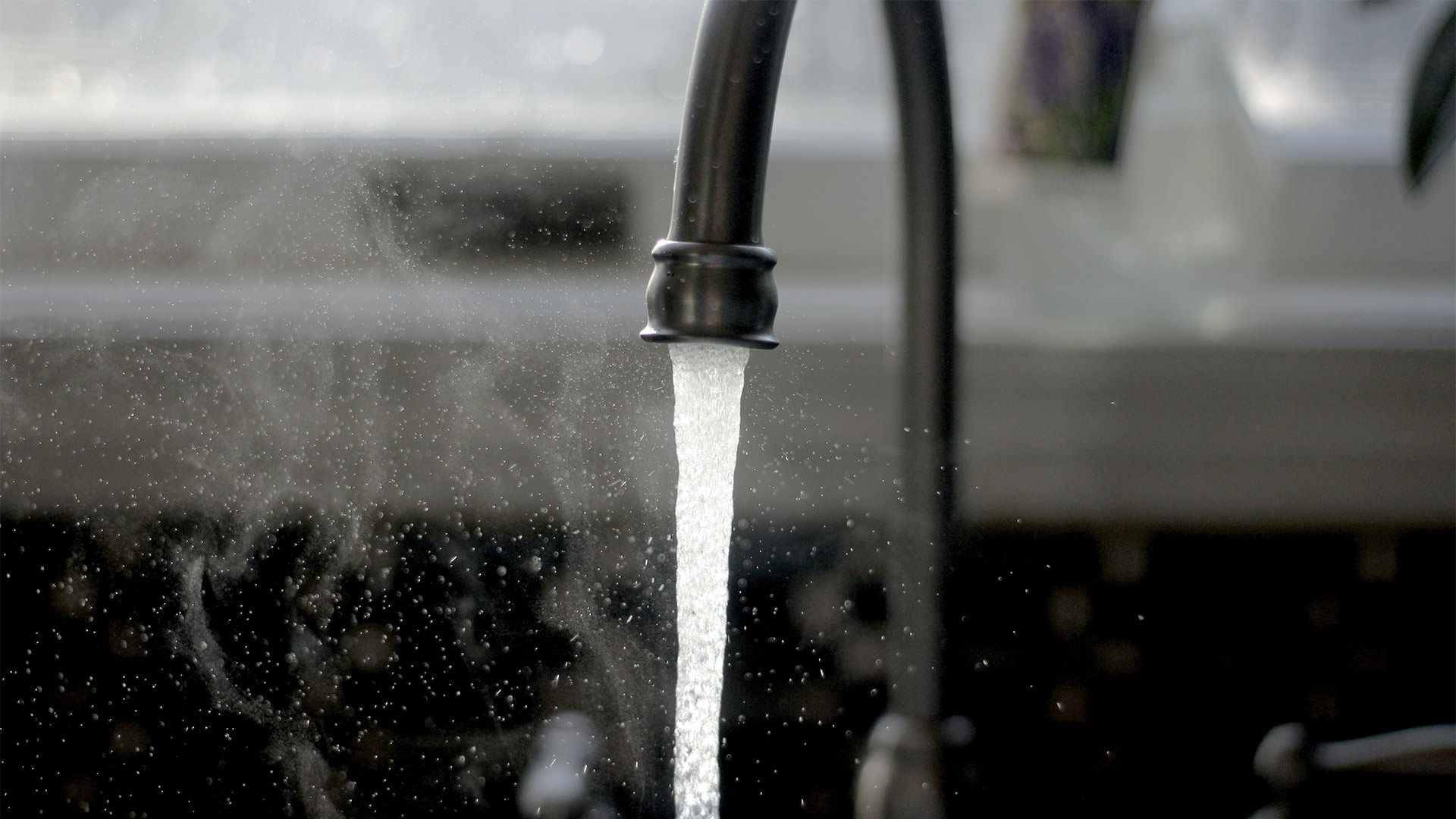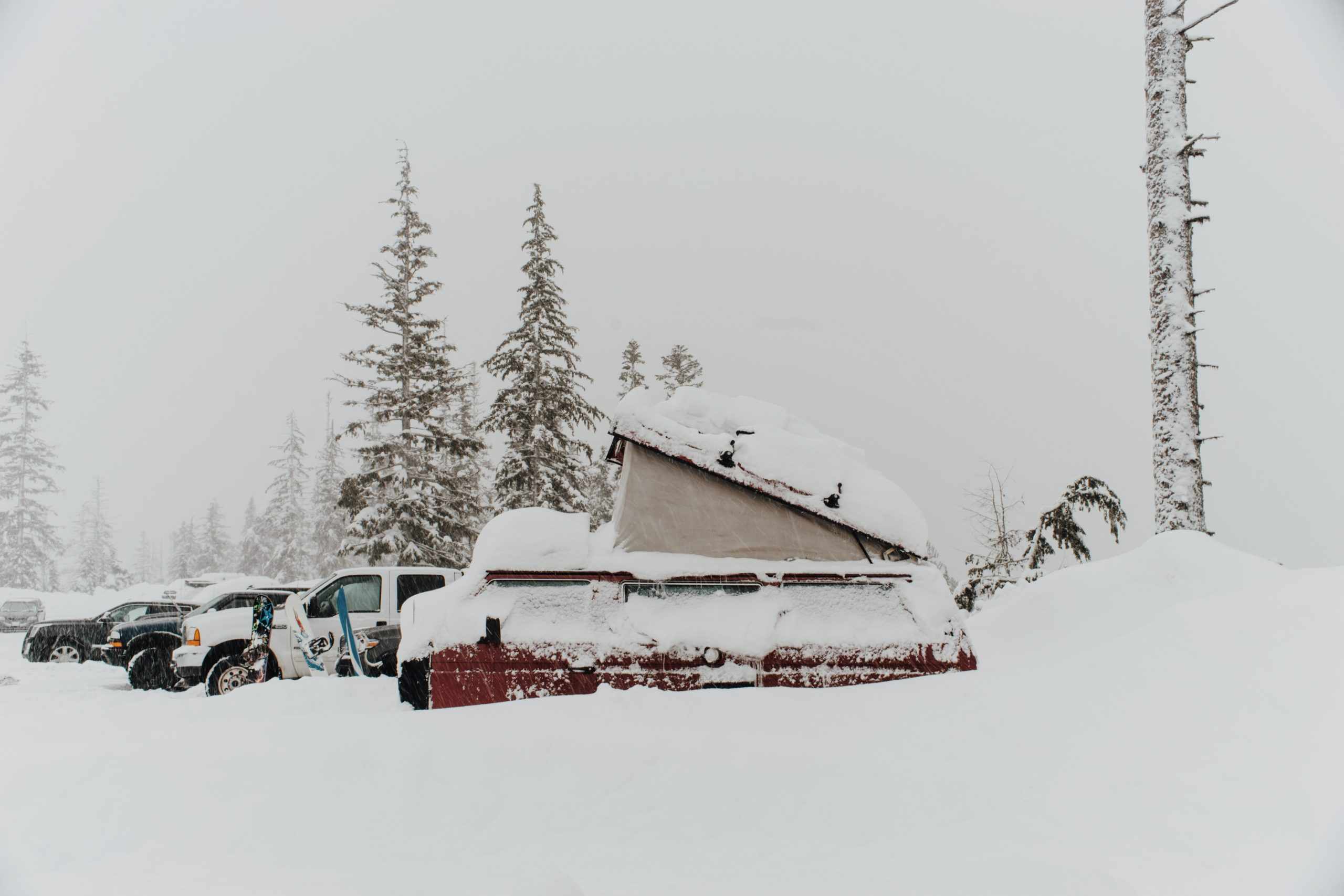The fall season has arrived with cooler winds and shorter days. The leaves are putting on their annual show and pumpkin is once again an ingredient in everything.
All around us, nature is making its preparations for winter. Squirrels are burying nuts and acorns, geese are flying south, and bears are packing on some pounds before they head into hibernation. It’s time for RV owners to take their cue from Mother Nature and make their own preparations for winter.
If your RV is not migrating south this winter, then it’s time to prepare it for its winter hibernation. Though it may not be as fun as eating and gaining weight, properly winterizing your RV will help you avoid unpleasant surprises when spring rolls around again.
The process may seem overwhelming, but knowing what to do is as easy as PIE: Plumbing, Interior, Exterior.
 Plumbing
Plumbing
Plumbing is probably the first thing that comes to mind when you think about winterizing your RV. It’s important to prevent freezing in your water lines and tanks. To do so, follow these simple steps:
- Empty your tanks properly at an approved dump station or sewer hook up. This is a great opportunity to flush them and give them a good cleaning. Be sure to empty fresh water, grey and black tanks, and don’t forget to empty your water heater tank.
- Open faucets and flush the toilet to empty remaining water from the lines. When nothing more comes out of them, close them again. If you have an outside shower or kitchen with a water line, remember to empty those lines too.
- Bypass the water heater so the tank won’t fill up with antifreeze solution. There’s usually a bypass valve attached to your water heater that’ll allow you to do this, but double-check your owner’s manual for unit-specific instructions.
- Use the 12v pump to pump antifreeze solution through the system.
- Ice makers and washing machines should also be winterized. The process for doing this is unit-specific, so check your owner’s manual for instructions.
If any part of this process is unfamiliar to you, there are videos available on YouTube that can help walk you through it step by step. If you prefer, RV service centers can also be hired to perform these tasks.
 Interior
Interior
The interior of your rig should be protected as well. Do not leave any food in the RV—even canned or dry goods—to prevent rodent or pest infestations and frozen, exploded cans. Empty and clean the refrigerator and freezer and be sure the freezer is defrosted and completely dry.
Once the refrigerator is empty and switched off, the doors should be left slightly open while the RV is being stored. Protect your interiors, particularly upholstery, from sun damage by closing all window shades.
Also be sure to close all windows and vents. Even vent cover that protects from rain cannot protect fully against blowing snow, so all vents should be closed for the winter. Setting mouse traps, ant traps, and other pest repellant can also be helpful. Check out this article for all our tips on keeping mice and pests out of your camper.
As an extra precaution, remove batteries from small appliances and items such as remote controls, smoke and carbon monoxide detectors, clocks, and other battery-operated devices.

Exterior
The exterior of your RV should be thoroughly cleaned before storing. It is especially important to remove road chemicals as these can cause corrosion over time. Applying wax can also help to protect your exterior.
Be sure your tires are properly inflated and protected from sun damage so that they’re ready to hit the road safely in the spring. Make sure that propane is turned off at the source and that your generator has been emptied of fuel.
Batteries should be disconnected. This is also a great time to be sure the batteries are charged well and check the water level in them. If possible, batteries should be stored in a climate-controlled space and should not be placed directly on concrete.
If you are not removing your batteries, consider setting up a solar trickle charge to keep batteries well-charged all winter. Keeping batteries fully charged helps prevent them from freezing.
Special Considerations for Motorhomes
If your RV is a motorhome, you have a few more things to remember. Make sure the antifreeze in your engine coolant has an appropriate temperature rating for the climate where it will be stored. The fuel tank should be full when stored to reduce condensation. You can also add in a fuel stabilizer as an extra precaution.
 Storage choices
Storage choices
If at all possible, RVs should be stored in a climate-controlled setting. If the RV will be stored outdoors, be sure it is elevated above any grass to help prevent moisture damage. In areas that experience heavy amounts of snow, every effort should be made to protect the RV from snow accumulation. The weight of the snow can cause damage, and melting snow can cause leaks due to seepage over time. A roof is the best protection, if possible. If not, be sure to cover the RV well and attempt to remove accumulated snow from the roof.
Preparing your RV for its winter slumber is certainly not the most fun part of RV ownership. But with the right care and attention this fall, your RV will be in great shape to enjoy all the best parts of RVing—for both next season and for years to come.








